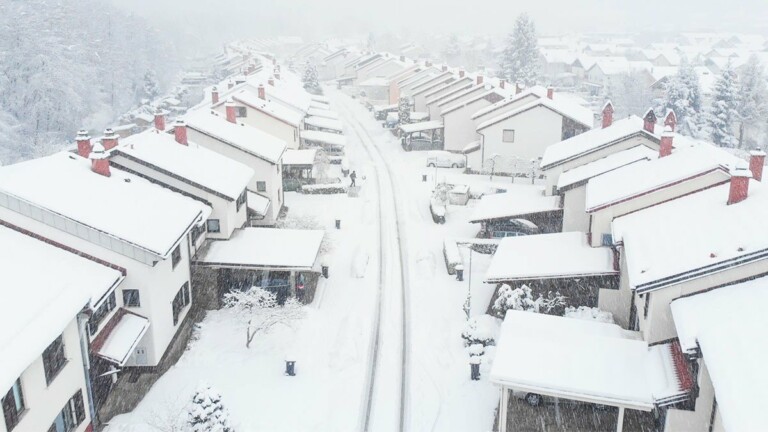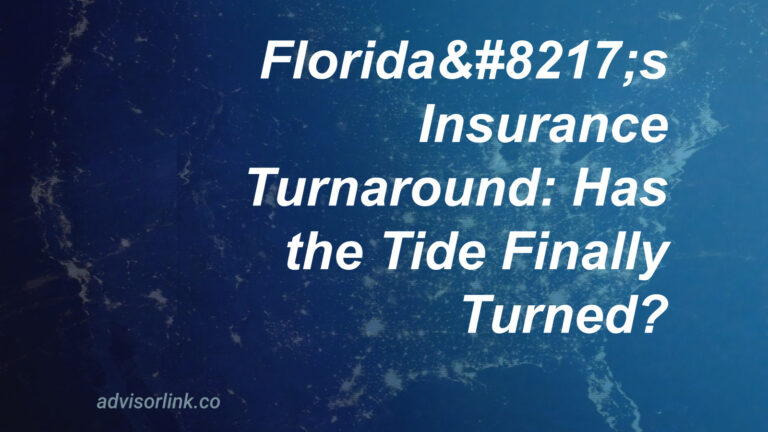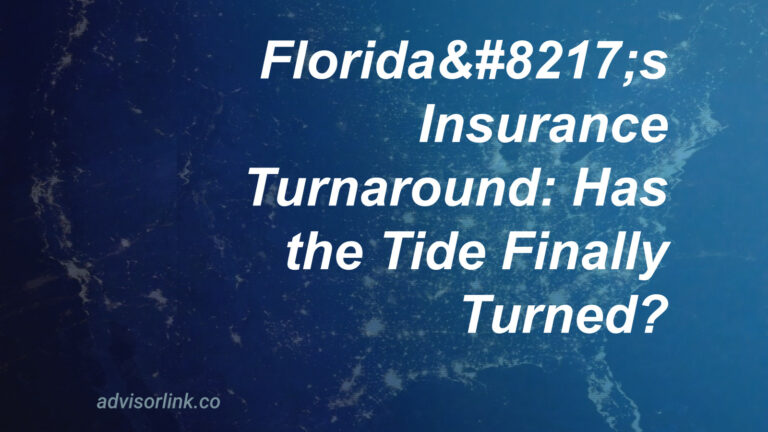When the Storm Hits Home: Climate Change and the Rising Cost of Homeowners Insurance
The American dream of home ownership is facing a new kind of storm these days, one that comes not just from the skies above but from the mailbox out front. Across this vast nation, from the windswept coasts of Florida to the fire-prone hills of California, homeowners are opening their insurance bills to find a troubling reality: rates are climbing higher than summer temperatures in Texas.
Is climate change the culprit behind these soaring costs? The evidence points strongly in that direction. According to a recent report from the U.S. Department of the Treasury’s Federal Insurance Office, climate-related catastrophes are dramatically reshaping the insurance landscape, leaving both companies and consumers to weather financial aftershocks long after the actual storms have passed.
# Are We Paying the Price for a Changing Climate?
Is our changing climate creating a perfect storm for the insurance industry? The numbers tell a story as clear as footprints in fresh snow. State Farm General, one of America’s largest insurers, has proposed a staggering 22% rate increase in California alone, citing wildfire losses of $7.5 billion. That’s not small change – that’s real money coming from real American families.
When I was a boy growing up in Texas, my father taught me that insurance was about protecting against the unexpected. But what happens when the unexpected becomes commonplace? That’s the question facing millions of Americans as insurers either hike their premiums or pull out entirely from regions deemed too risky.
One insurance executive put it plainly: “We’re not seeing once-in-a-lifetime events anymore. We’re seeing once-in-a-lifetime events every few years.”
# Is the Insurance Market Still Growing Despite These Challenges?
Is the homeowners insurance market still finding ways to grow despite these headwinds? Remarkably, projections show the market expanding from $52.89 billion in 2024 to $87.1 billion by 2030. This growth comes not just from rising premiums but also from increasing property values across the country.
But make no mistake – this growth comes with growing pains. For many Americans living in high-risk areas, affordability remains as elusive as rain in a drought. When insurance becomes a luxury rather than a necessity, we face deeper questions about who can afford to live where, and whether the American dream is being redrawn along climate lines.
I’m reminded of something my old friend in Houston told me after Hurricane Harvey: “Dan, I survived the storm. Now I’m not sure I can survive the insurance bill.”
# Can Technology and Government Provide a Safety Net?
Is technology offering new solutions to this age-old problem? The rise of so-called “insurtech” companies suggests a path forward, bringing digital platforms and artificial intelligence to assess risks more accurately and, potentially, more fairly.
These companies are using satellite imagery to inspect roofs, deploying algorithms to predict flood patterns, and creating mobile apps that let homeowners document their belongings with the tap of a finger. It’s a far cry from the days when an agent would come to your house with a clipboard and a firm handshake.
Meanwhile, government initiatives at both state and federal levels are attempting to bridge the gap, creating programs to ensure coverage remains available even in the highest-risk zones. But as with many government solutions, the debate continues about whether these programs create security or merely shift the financial burden.
# What Can Homeowners Do in the Face of Rising Costs?
Is there anything ordinary Americans can do when faced with skyrocketing premiums? Experts suggest a multi-pronged approach: shop around for better rates, consider higher deductibles to lower monthly costs, and invest in home improvements that might qualify for discounts.
But perhaps most importantly, homeowners need to understand exactly what their policies cover – and what they don’t. Many Americans discover too late that standard homeowners policies exclude flood damage, leaving them high and dry when waters rise.
A Virginia homeowner recently told me, “I spent twenty minutes reading my insurance policy. That twenty minutes saved me twenty thousand dollars.” In today’s climate, both literal and financial, such diligence isn’t just advisable – it’s necessary.
# The Forecast Ahead
The winds of change are blowing through the insurance industry, and like any strong wind, they’re revealing both weaknesses in our structures and strengths in our adaptability. As premiums continue to rise alongside temperatures, Americans face difficult choices about where to live, how much risk to assume, and how to protect their most valuable asset.
We stand at a crossroads where climate science meets kitchen-table economics. The decisions made by insurers, regulators, and ordinary citizens in the coming years will reshape not just policies and premiums, but potentially the very map of American homeownership.
In the words of an old Texas saying: “You can’t control the wind, but you can adjust your sails.” As we navigate these turbulent insurance waters, that folk wisdom may prove more valuable than ever.
Good evening, and good insurance hunting.
Disclaimer: General Information & Accuracy
This blog provides general information and discussions about insurance and related subjects for informational purposes only. It is not intended as professional advice, including but not limited to financial, legal, or medical advice. We strive for accuracy, but laws, regulations, information, and best practices constantly evolve, and unintentional errors can occur. Therefore, we make no warranties about the completeness, accuracy, reliability, or suitability of the blog content. Always consult with a qualified professional for advice tailored to your specific situation. Any reliance you place on this information is strictly at your own risk.




